
Over at Watts Up With That, the have posted a useful tutorial on climate change models and why they don’t work… really why they can’t work. Let me quote the opening:
There are dozens of climate models. They have been run many times. The great majority of model runs, from the high-profile UK Met Office’s Barbecue Summer to Roy Spencer’sEpic Fail analysis of the tropical troposphere, have produced global temperature forecasts that later turned out to be too high. Why?
The answer is, mathematically speaking, very simple.
The fourth IPCC report [para 9.1.3] says : “Results from forward calculations are used for formal detection and attribution analyses. In such studies, a climate model is used to calculate response patterns (‘fingerprints’) for individual forcings or sets of forcings, which are then combined linearly to provide the best fit to the observations.”
To a mathematician that is a massive warning bell. You simply cannot do that. [To be more precise, because obviously they did actually do it, you cannot do that and retain any credibility]. Let me explain :
The process was basically as follows
(1) All known (ie. well-understood) factors were built into the climate models, and estimates were included for the unknowns (The IPCC calls them parametrizations – in UK English : parameterisations).
(2) Model results were then compared with actual observations and were found to produce only about a third of the observed warming in the 20th century.
(3) Parameters controlling the unknowns in the models were then fiddled with (as in the above IPCC report quote) until they got a match.
(4) So necessarily, about two-thirds of the models’ predicted future warming comes from factors that are not understood.
Now you can see why I said “You simply cannot do that”: When you get a discrepancy between a model and reality, you obviously can’t change the model’s known factors – they are what they are known to be. If you want to fiddle the model to match reality then you have to fiddle the unknowns. If your model started off a long way from reality then inevitably the end result is that a large part of your model’s findings come from unknowns, ie, from factors that are not understood. To put it simply, you are guessing, and therefore your model is unreliable.
As an example, you have this graph:

It is this kind of information that is panicking the global warming alarmists and making them falsify actual observations and call for the prosecution of their critics.
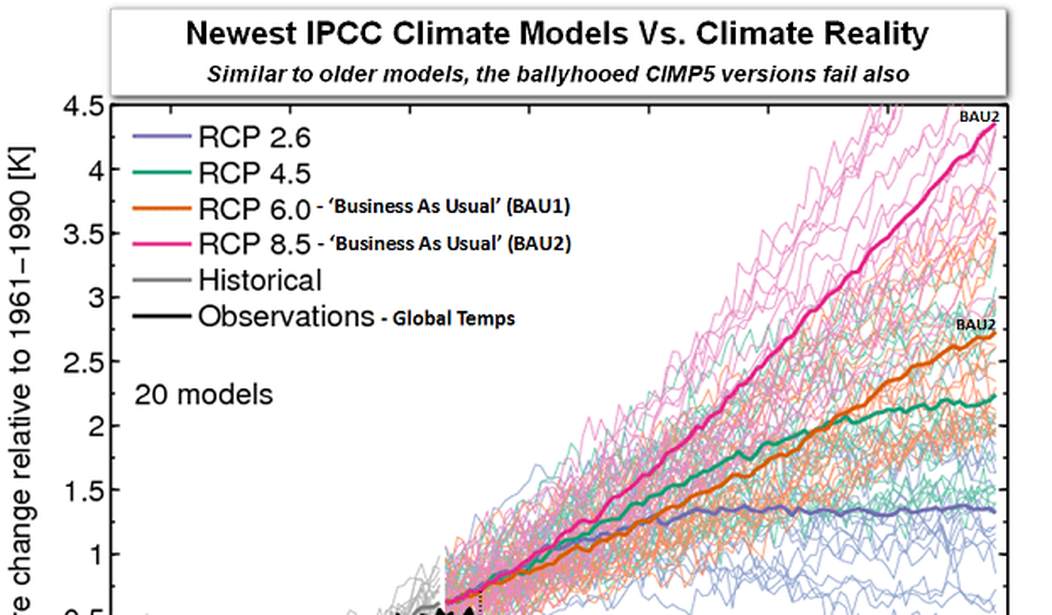
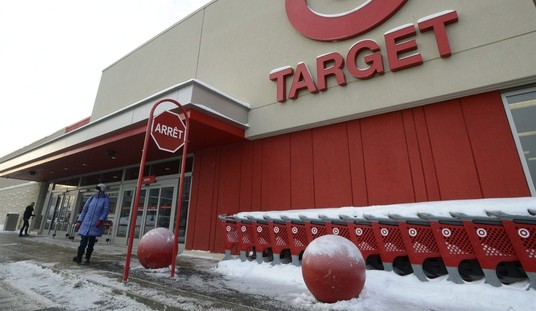
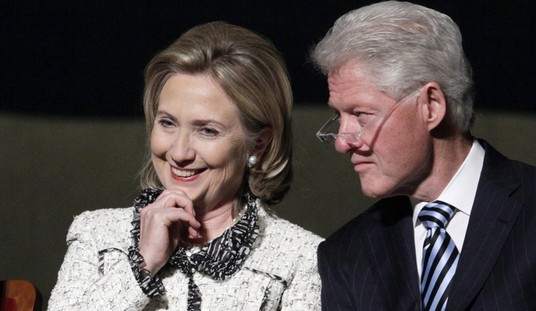


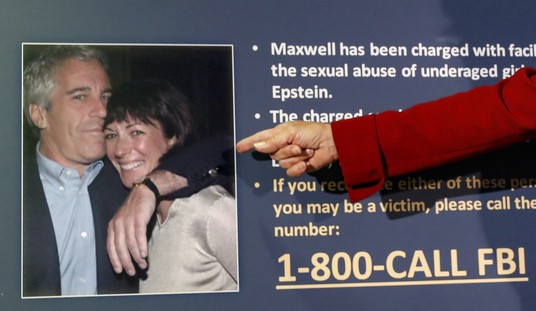



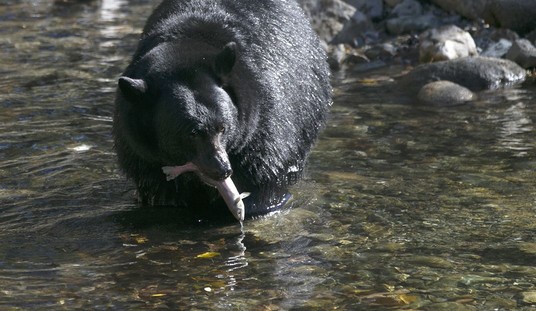
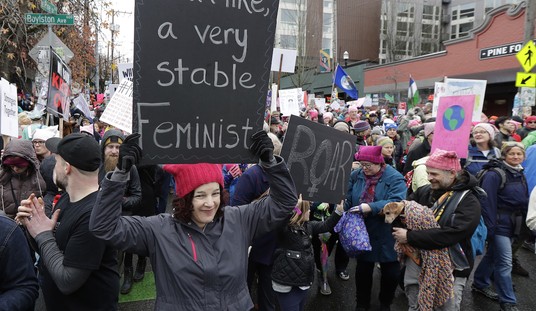


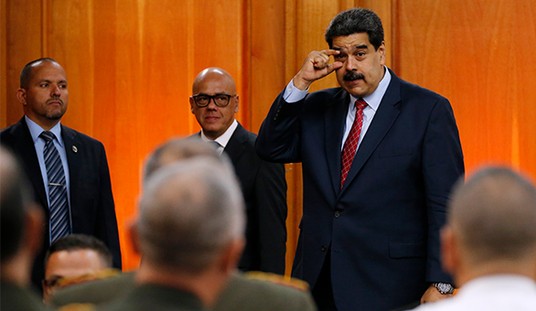
Join the conversation as a VIP Member